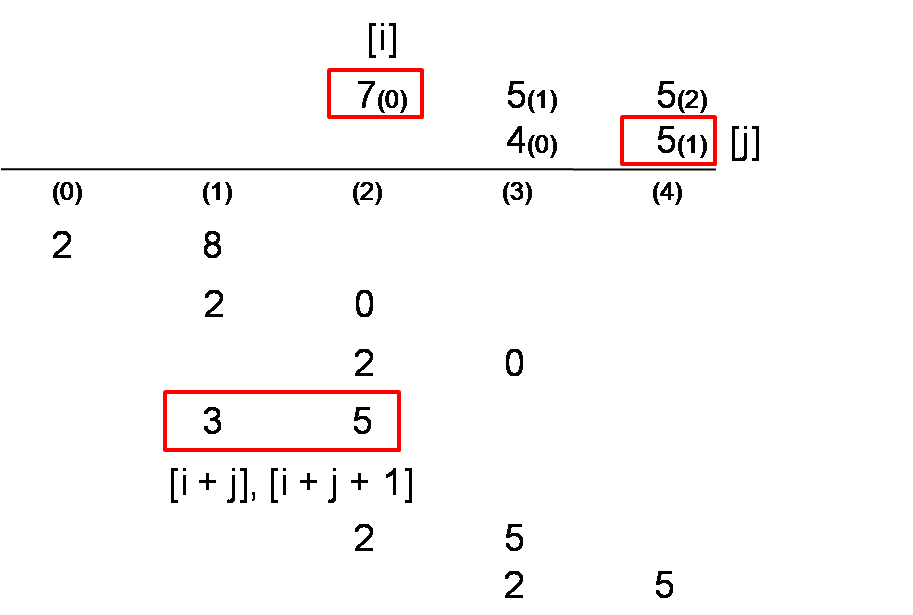leetcode 376.
A sequence of numbers is called a wiggle sequence if the differences between successive numbers strictly alternate between positive and negative. The first difference (if one exists) may be either positive or negative. A sequence with fewer than two elements is trivially a wiggle sequence.
For example, [1,7,4,9,2,5] is a wiggle sequence because the differences (6,-3,5,-7,3) are alternately positive and negative. In contrast, [1,4,7,2,5] and [1,7,4,5,5] are not wiggle sequences, the first because its first two differences are positive and the second because its last difference is zero.
Given a sequence of integers, return the length of the longest subsequence that is a wiggle sequence. A subsequence is obtained by deleting some number of elements (eventually, also zero) from the original sequence, leaving the remaining elements in their original order.
Examples:
Input: [1,7,4,9,2,5] Output: 6 The entire sequence is a wiggle sequence. Input: [1,17,5,10,13,15,10,5,16,8] Output: 7 There are several subsequences that achieve this length. One is [1,17,10,13,10,16,8]. Input: [1,2,3,4,5,6,7,8,9] Output: 2
Follow up:
Can you do it in O(n) time?
Solution. An amazing solution is from here. The idea is that when there is a asc, then asc = desc + 1. When there is a desc, then desc = asc + 1.
public int wiggleMaxLength(int[] nums) {
if (nums.length == 0) {
return 0;
}
int asc = 1, desc = 1;
for (int i = 1; i < nums.length; i++) {
if (nums[i] > nums[i - 1]) { // update increasing by decreasing
asc = desc + 1;
}
else if (nums[i] < nums[i - 1]) { // update decreasing by increasing
desc = asc + 1;
}
}
return Math.max(asc, desc);
}
Check my code on github.
